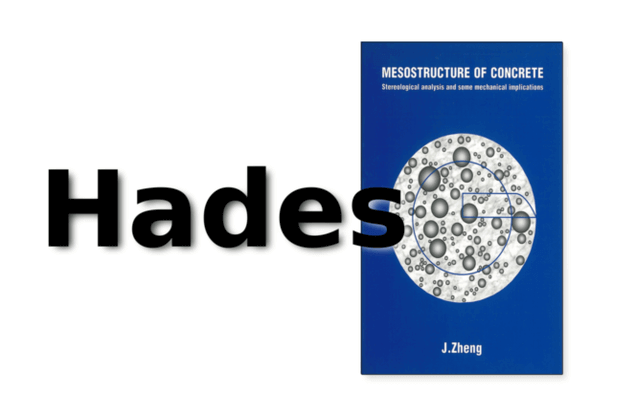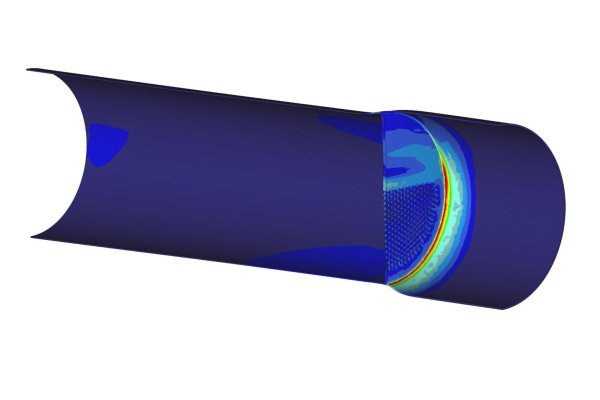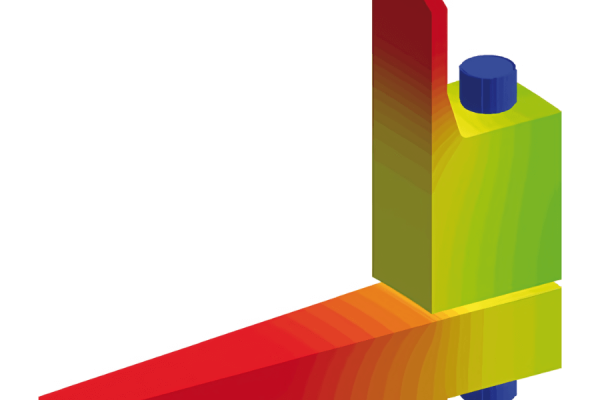Titel: Mesostructure of concrete Stereological analysis and some mechanical implications
By Jianjun Zheng
On the mesoscale, concrete can be considered as a composite material consisting of aggregate particles and a cement matrix. Performance of the material on the macroscale will be governed by the physical properties of the two phases, as well as by the aggregate size distribution, the aggregate volume fraction, and the properties of the interphases between the cement matrix and aggregate particles.

When a concrete element is subjected to loads, microcracks will dominantly concentrate at the interfaces. Therefore, the microcrack density and distribution depend not only on the load intensity, but also on the aggregate size distribution and the aggregate volume fraction of concrete.
Further load increase leads to coalescence of these microcracks, a process that ultimately causes formation of a main macrocrack. Finally, propagation of the main macrocrack will induce failure of the concrete element. So, the deterioration process and failure of the concrete element are intimately related to its mesostructure.
Admittedly, some purely macroscopic mechanical models presently take up important positions in the field of computer simulation of concrete material behavior, as well as in the design of concrete structures. However, these phenomenological models cannot explain some experimental results, such as the size effect. To incorporate these experimentally observed phenomena, global mesostructrual parameters have to be incorporated. Such a strategy is further elaborated and specified in this study.
For more information please contact:
Erik Jan Lingen
DRG Software
+31 85 058 00 46






